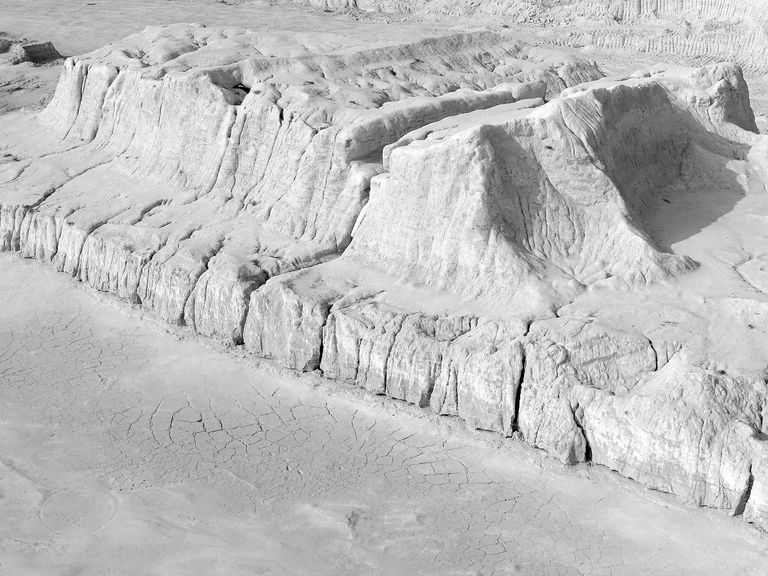Project Detail: Antartica of India. Boon or Bane
Contest:
Swiss Storytelling Photo Grant 9th
Brand:
LuganoPhotoDays
Author:
Haider Khan
Project Info
Antartica of India. Boon or Bane
Fine marble dust reduces the fertility of the soil by increasing its alkalinity. The percolation rate of rainwater due to the clogging of the pores of the topsoil also increases surface run-off, stopping the groundwater from recharging. Consequently, the dumped waste dries out and the fine marble dust suspended in the air is slowly spread by the wind to surrounding areas, settling on crops and vegetation.
Marble Dust Dumping Yard in Kishangarh is also known as the Snow dumping yard because of the snowy look. It is a large dumping ground for the marble waste generated during the marble cutting and processing. The dumping yard is located in the industrial area of Kishangarh,
It is situated in the Ajmer district of the Indian state of Rajasthan, 29 kilometres (18 miles) northwest of Ajmer and 90 kilometres (55 miles) from Jaipur. Kishangarh’s economy depends primarily on marble trading, and the rock is used widely for its beauty in architecture and sculpture. However, marble slurry is a big problem. The by-product of processing and polishing marble, the slurry takes up a lot of space and is an environmental hazard, especially after drying it. The poor air quality, caused by the dust, weakens people’s immune systems, while the minute dust particles lead to respiratory diseases, such as bronchitis, among the local population.
Decades of carcinogenic waste from the country’s marble industry have created the illusion of snow-covered plains, which have become an unlikely – and hazardous – tourist attraction. It has even become a popular film location, with Bollywood filmmakers and pop video producers using it as a stand-in for the less accessible snowfields of Kashmir’s Himalayan highlands.


















